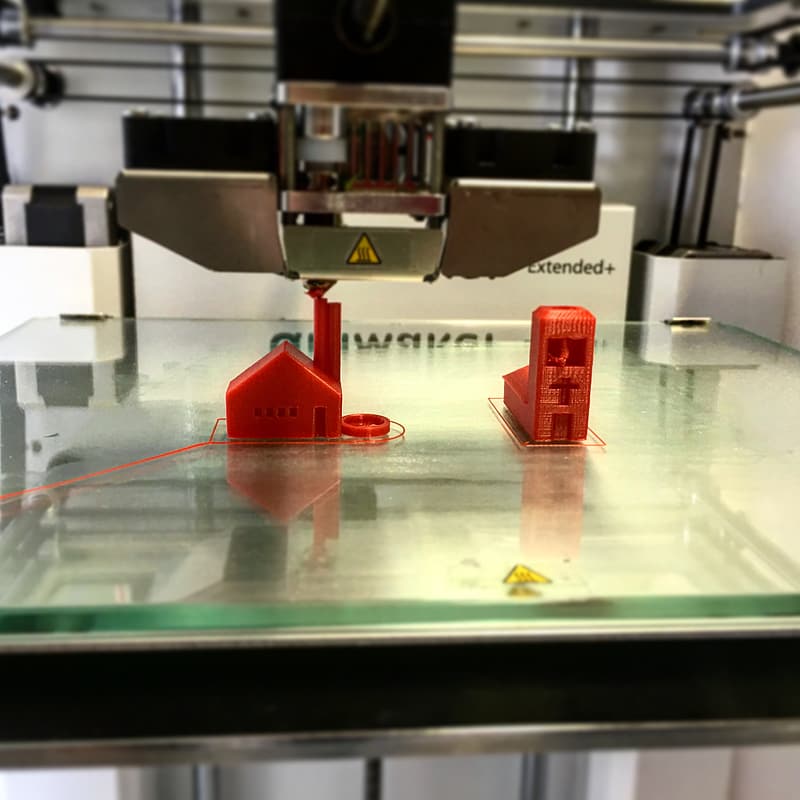Organoids regenerate human bile ducts
Bile ducts carry bile from the liver and gall bladder to the small intestine, where it aids digestion. Cholangiocytes are epithelial cells that line bile ducts and modify bile as its transported through the biliary tree. Chronic liver diseases involving cholangiocytes account for a large fraction of liver failure and the need for liver transplantation. Because liver donors are in short supply, Sampaziotis et al. used organoid technology to develop a cell-based therapy using human tissue (see the Perspective by Kurial and Willenbring). Cholangiocyte organoids were transplanted into the intrahepatic ducts of deceased human donor livers undergoing ex vivo normothermic perfusion. The livers could be maintained for up to 100 hours, and the transplanted organoids engrafted, exhibited function, and could repair bile ducts.
Science, this issue p. 839; see also p. 786
Abstract
Organoid technology holds great promise for regenerative medicine but has not yet been applied to humans. We address this challenge using cholangiocyte organoids in the context of cholangiopathies, which represent a key reason for liver transplantation. Using single-cell RNA sequencing, we show that primary human cholangiocytes display transcriptional diversity that is lost in organoid culture. However, cholangiocyte organoids remain plastic and resume their in vivo signatures when transplanted back in the biliary tree. We then utilize a model of cell engraftment in human livers undergoing ex vivo normothermic perfusion to demonstrate that this property allows extrahepatic organoids to repair human intrahepatic ducts after transplantation. Our results provide proof of principle that cholangiocyte organoids can be used to repair human biliary epithelium.







